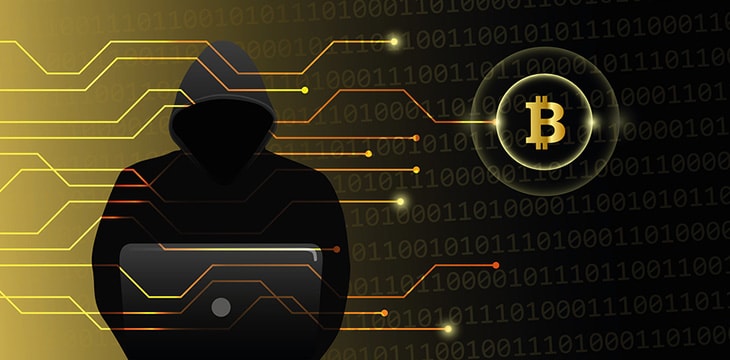|
Getting your Trinity Audio player ready...
|
Unlike BTC and BCH, privacy coins such as Monero make no pretense that they are trying to follow Satoshi’s vision of a global peer-to-peer cash system. In 2019, the Monero Outreach team released a statement saying, “Bitcoin and similar transparent coins represent a huge step back from what open society has given us, and Monero was created as a response.”
Instead, these altcoins mostly function to satisfy the growing needs of darknet marketplaces to facilitate the trade of illegal goods and services. How? By providing a means of exchange for libertarian users who want near-total anonymity, allowing anyone to instantaneously send digital cash without leaving many clues. Since its launch in 2014, Monero has risen to be the 14th biggest cryptocurrency by market capitalization, with around $1.4 billion market cap.
Every Monero transaction obscures the digital addresses of the senders and receivers, as well as the value of the transaction. It is designed to mix up transactions so that anyone examining Monero’s blockchain cannot link payments to its source. The non-traceability and privacy feature carved into its design along with Tor IP address masking allows the token to be used for disreputable purposes and at illicit activities, including those involving drugs and gambling.
Monero is rising as a first choice for markets on the dark web, such as AlphaBay and Oasis. Europol has already flagged Monero and Zcash, along with other tokens, for use in internet-based crime. Not only has Monero become a token of choice for evading law enforcement during illegal commerce, but reports by cybersecurity experts show it is also the primary token for cybercriminals creating malicious software.
Cryptojacking is an attack were hackers infect vulnerable systems with malware to steal their processing power to mine new coins. Whereas Bitcoin mining now requires power ASIC hardware machines, XMR mining can still take place using a conventional laptop or desktop PC. Monero runs on all leading OS platforms such as Windows, macOS, Linux, Android, and FreeBSD. And just a year ago, it was estimated that crypto-malware had mined almost 5 percent of all Monero.
Because they can be hard to trace, these privacy coins could potentially be also used in terrorism financing and are being used by sanctioned governments. As earlier reports by CoinGeek show, it has become the cryptocurrency of choosing by rogue government nations seeking to evade sanctions. Network traffic for XMR mining originating from North Korean IP ranges had increased substantially since May 2019, making it the most popular digital coin to mine and surpassing the regime’s mining activity for BTC.
Are there legitimate uses for privacy coins? Monero’s developers say the token’s characteristics make it a useful tool for companies looking to maintain commercial secrecy. Users in repressive countries seeking to avoid censorship or surveillance can also safely move money in the form of Monero, they say.
These same features have led some cryptocurrency trading platforms to halt support XMR in recent years, citing the Financial Action Task Force (FATF) guidance outlined last June. The absence of regulatory oversight guarantees Monero will always be a fertile breeding ground for anarchist and criminals. As governments and financial ministries across the globe are work to rein in these tokens, enterprises and legitimate businesses will continue to steer clear so that they are also not caught on the wrong side of government inquiries.

 01-06-2026
01-06-2026 




